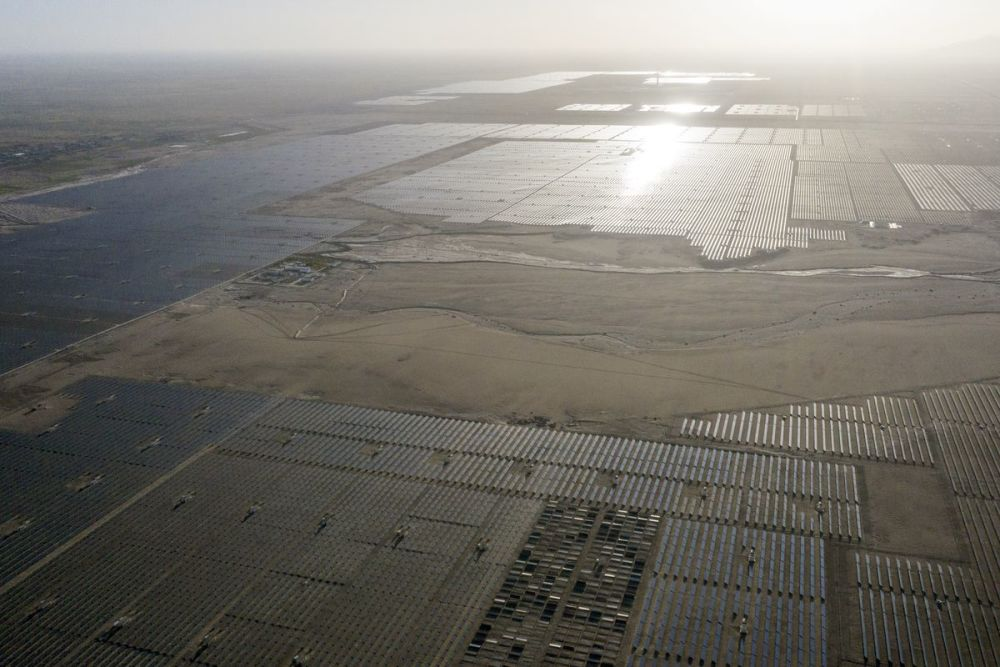According to the latest renewable energy market report from the International Energy Agency, 2021 will break the record of global renewable energy growth. Despite the soaring prices of bulk commodities (referring to the non-retail links, mass-selling material commodities that have commodity attributes and are used for industrial and agricultural production and consumption) that can enter the circulation field, they may hinder the transition to clean energy in the future.
It is mentioned in the report that it is expected that by the end of this year, the new power generation will reach 290 watts. In 2021, it will break the record of renewable electricity growth just established last year. This year’s new volume even exceeded the forecast made by the International Energy Agency (IEA) in the spring. The IEA stated at the time that “exceptionally high growth” would be the “new normal” for renewable energy power. The International Energy Agency mentioned in the October 2020 “World Energy Outlook” report that solar energy is expected to become the “new king of electricity.”
Solar energy will continue to dominate in 2021, with an expected growth of nearly 160 GW. It accounts for more than half of this year’s new renewable energy capacity, and the International Energy Agency believes that this trend will continue in the next five years. According to the new report, by 2026, renewable energy may account for 95% of the world’s new electricity capacity. The International Energy Agency also predicts that there will be explosive growth in offshore wind power generation, which may more than triple during the same period. The International Energy Agency said that by 2026, the global renewable energy power generation may be equivalent to today’s fossil fuel and nuclear power generation combined. This is a huge shift. In 2020, renewable energy will only account for 29% of global power generation.
However, despite this, there is still some “haze” in the new forecasts of the International Energy Agency on renewable energy. The soaring prices of commodities, shipping and energy all threaten previously optimistic prospects for renewable energy. According to the International Energy Agency, since the beginning of 2020, the cost of polysilicon used to manufacture solar panels has increased fourfold. Compared with 2019, the investment cost of utility-scale onshore wind and solar power plants has increased by 25%.
In addition, according to another analysis by Rystad Energy, due to rising material and transportation prices, more than half of the new utility-scale solar projects planned to be implemented in 2022 may face delays or cancellations. If commodity prices remain high in the coming year, the three to five years of affordability gains from solar and wind energy, respectively, may be in vain. In the past few decades, the price of photovoltaic modules has fallen sharply, driving the success of solar energy. The cost of solar energy has fallen from US$30 per watt in 1980 to US$0.20 per watt in 2020. By last year, solar energy was the cheapest source of electricity in most parts of the world.
Fatih Birol, Executive Director of IEA, said at a press conference: “The high prices of commodities and energy that we see today have brought new challenges to the renewable energy industry. Rising fuel prices have also made renewable energy more competitive.” A large number of studies have shown that by the middle of this century, greenhouse gas emissions from burning fossil fuels need to be almost completely eliminated to avoid catastrophic climate change. The agency said that to achieve this goal, new renewable energy generation capacity needs to grow at nearly twice the rate expected by the International Energy Agency in the next five years.
<With long-term experience, Xiamen Bright New Energy Co.,Ltd manufactures many kinds and levels of solar lights in Xiamen. More information, please contact Miss Lin(+86 13123388978).>
Post time: Dec-07-2021

